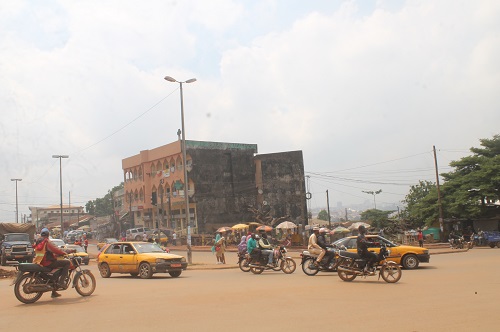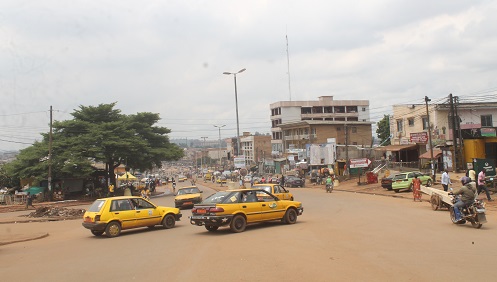
Road safety at intersections: taking all users into account
AFD is tasked with supporting the Yaoundé Cœur de Ville project, the objective of which is to improve traffic and mobility conditions in the city and in particular the city centre, within the framework of the Sustainable Urban Mobility Plan which is in development. Three critical intersections on major roads must be redeveloped, and a call for tenders must be issued to international design offices.
To issue this call for tenders, a document called «Terms of Reference» (ToR) must be produced. Cerema was asked to proofread the ToRs for aspects related to road safety during the study phase, to ensure that the selected service provider fully integrates road safety.
Cerema, a specialist in road safety doctrine, relied on French regulations and on several technical guides.
Another aspect of this mission consisted in carrying out a French-speaking benchmark of the communication actions to be carried out, taking into account the project, the context and the expectations formulated in the ToRs. This, with a view to integrating into the project an awareness raising programme for residents and authorities on road safety at the city level.
Cerema's proposals for road safety and awareness

Cerema thus proposed a number of areas of attention concerning road safety around the three intersections:
-
Consistency of developments at the scale of a road or an area,
-
Consistency of facilities with the public space and local life,
-
Integration of the diversity of users, in particular pedestrians (sufficiently large sidewalks, adapted pedestrian crossings, accessibility for all…) and cyclists.
-
Choice of the type of intersection (with or without traffic lights, with or without roundabouts…) depending on the impact on road safety for the different types of users.
-
Reconciling traffic and safety issues,
-
Paying attention to intersection geometry to ensure visibility and traffic flow, but also to reduce the length of crossings.
Cerema also mentioned the preliminary road safety diagnostic phase, in order to highlight the development issues.
This analysis of travel safety can be broken down into three phases:
-
Detailed analysis of the accidentology concerning the different users
-
On-site visit to identify issues of visibility, obstacles and route legibility
-
Detailed analysis of user behaviour, on approach to and in the intersection.

Other actions relating to road safety were recommended, in particular providing feedback following the improvements, creating an analysis grid for taking into account road safety criteria, carrying out internal checks at the design office to ensure that these criteria have been taken into account, conducting a road safety audit, or assessing the commissioning of facilities in order to highlight positive or negative changes.
Also, in terms of communication and awareness raising, Cerema conducted a benchmark of actions conducted in French-speaking countries, aimed at different audiences, and offered training, communication and awareness-raising actions in different forms: actions in the field, actions targeted at local residents, organisation of «road safety» stands at forums or events, audio/video messages on the Internet.

